In the dynamic realm of kitchen appliances, electrical induction cook-tops have emerged as efficient and modern alternatives to traditional cooking methods. This article delves into the key features, benefits, and frequently asked questions surrounding, shedding light on their impact not only on culinary experiences but also on electricity bills.
Table of Contents
Advantages of Induction Cook top:
- Efficiency in Cooking: Boast rapid heating, ensuring quicker cooking times and improved efficiency in the kitchen. The article highlights how these cook tops contribute to time savings, a key benefit for busy households.
- Precision Temperature Control: Discusses the precise temperature control offered by, allowing chefs to fine-tune heat levels with accuracy. This is a significant advantage for delicate cooking processes and achieving optimal results.
- Energy-Efficient Design: Explores the energy efficiency of cook tops, shedding light on how they minimize energy waste by heating only the cookware’s immediate surface. This information appeals to co-conscious readers interested in reducing their carbon footprint.
- Safety Features: Emphasizes the safety features of this cook tops, such as automatic shut-off and cool-to-touch surfaces. This provides peace of mind to users, especially those with families or concerns about kitchen safety.
- Sleek Aesthetics: Discusses the modern and sleek design of this cook tops, highlighting how they can elevate the aesthetics of a kitchen. This point appeals to readers interested in both functionality and style.
Disadvantages of Induction Cook top:
- Initial Cost: Addresses the relatively higher initial cost of cook tops compared to traditional alternatives. It provides a balanced perspective, acknowledging the potential barrier to entry for budget-conscious consumers.
- Compatibility with Cookware: Discusses the limitation of cook tops in requiring compatible cookware made of ferrous metals. This information helps readers understand the potential need for an investment in new cookware.
- Noise Level: Notes the operational noise generated by some cook top models, highlighting potential disturbances during cooking. This transparency allows readers to make informed decisions based on their preferences for a quiet kitchen environment.
- Power Supply Dependency: Explores the dependency on a stable power supply for cook tops to function optimally. This information is crucial for readers in regions prone to power fluctuations, enabling them to assess the suitability of induction cook tops for their specific circumstances.
- Learning Curve: Acknowledges the learning curve associated with using induction cook tops, particularly for those accustomed to traditional gas or electric stoves. Providing tips for a smoother transition helps readers navigate this potential drawback.
Why Choose Electrical Induction Cook-tops?
1. Rapid Heating Technology
Electrical induction cook-tops utilize cutting-edge technology that ensures rapid and precise heating. Through electromagnetic induction, these cook-tops directly heat the cookware, enabling quicker temperature adjustments and faster cooking times.
2. Energy Efficiency Metrics
Unlike conventional gas or electric stove-tops, boast high energy efficiency. The direct transfer of heat to the cookware minimizes heat loss, ensuring that a significant portion of the energy generated is used for cooking, ultimately contributing to lower electricity bills.
3. Safety Features
These cook-tops remain cool to the touch, as they heat the cookware directly. This not only reduces the risk of burns but also prevents energy wastage. Advanced safety features, such as automatic shut-off when cookware is removed, enhance user safety and energy conservation.
Impact on Electricity Bills
1. Quantifiable Energy Consumption
These cook-tops have been proven to be more energy-efficient than traditional cooking methods. The reduction in energy consumption directly translates to lower electricity bills, providing a tangible benefit for households looking to save on utility costs.
2. Comparative Cost Analysis
While the initial investment in an this cook-top may be higher than traditional alternatives, the long-term cost savings on electricity bills make it a financially sound choice. Performing a comparative cost analysis considering both the upfront costs and ongoing savings provides a clear perspective on the economic benefits.
Types of electrical induction cook-tops
1. Single Element Induction Cook-tops
2. Built-in Induction Cook-tops
3. Freestanding Induction Ranges
4. Portable Induction Cook-tops
5. Hybrid Induction Cook-tops
1. Single Element Induction Cook-tops
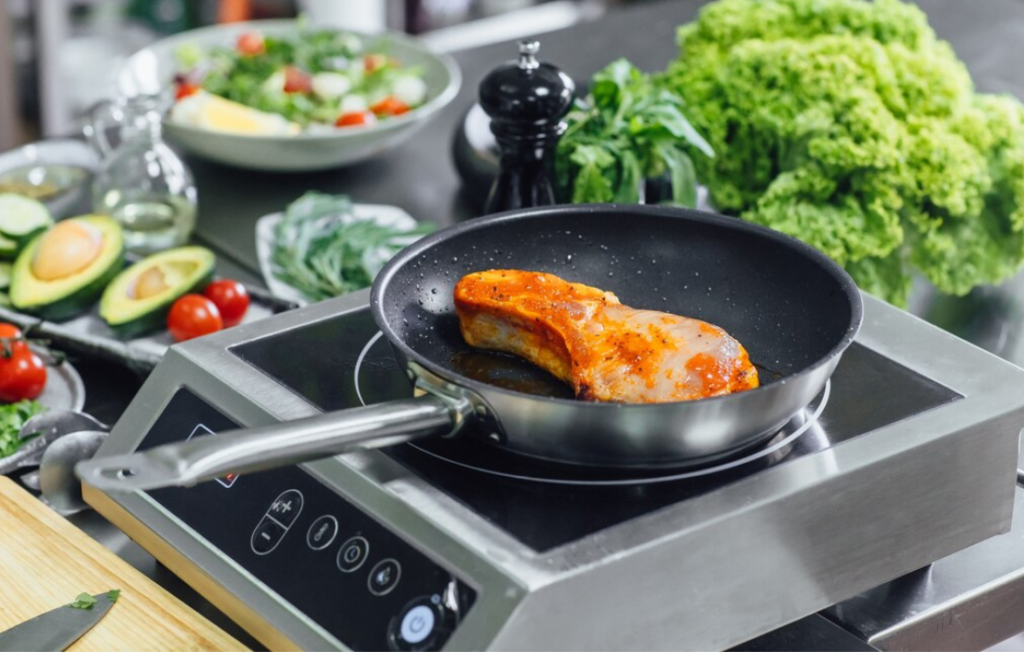
Overview: These compact powerhouses focus on a single cooking zone, making them ideal for small kitchens or as supplementary cooking surfaces. Single element induction cook-tops offer precision in heat control, bringing efficiency to limited spaces.
Benefits Induction Cook-tops:
- Space-saving design
- Energy-efficient for single-pan cooking
- Affordable entry point into induction technology
2. Built-in Induction Cook-tops
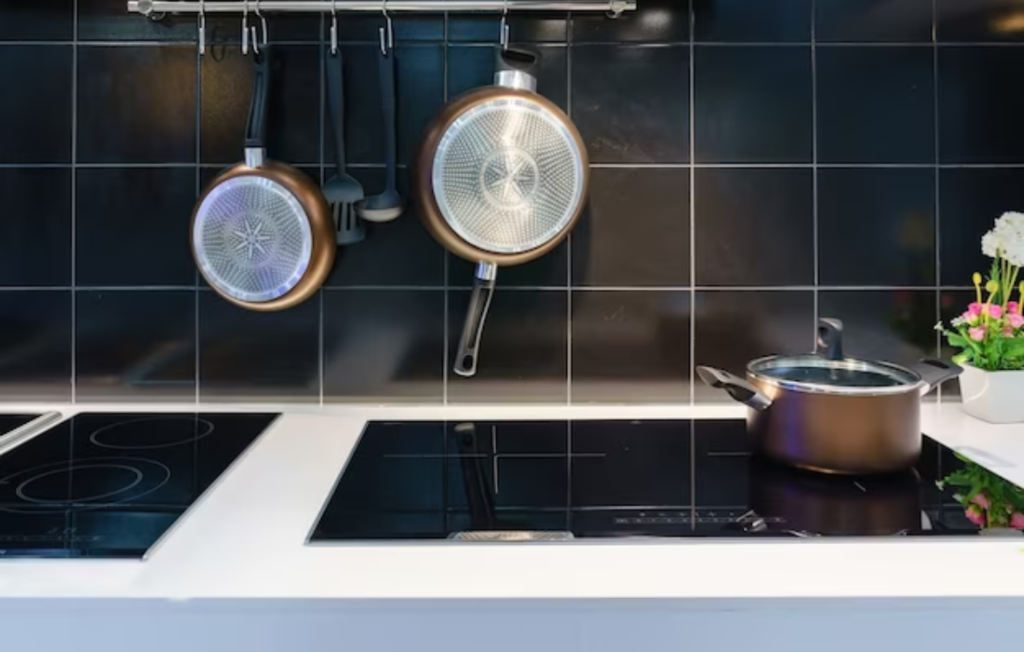
Overview: Seamlessly integrated into kitchen countertops, built-in induction cook-tops provide a sleek and modern appearance. With multiple cooking zones, they cater to various cooking needs simultaneously.
Benefits:
- Aesthetically pleasing, enhancing kitchen design
- Versatile cooking with multiple zones
- Easy to clean and maintain
3. Freestanding Induction Ranges
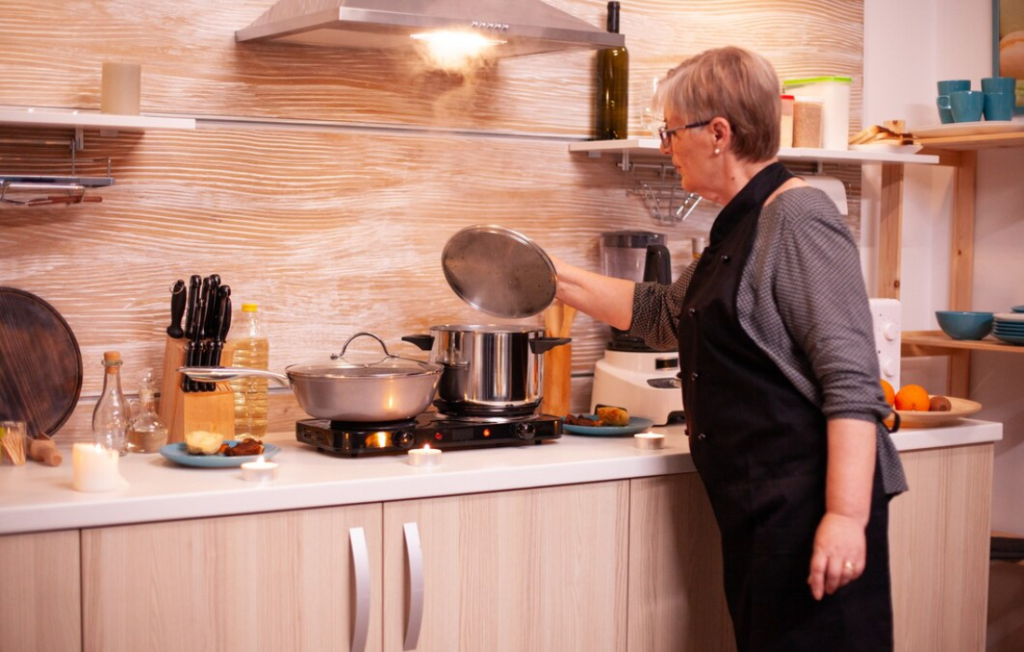
Overview: Combining an induction cook-top with an oven, freestanding induction ranges offer an all-in-one cooking solution. They are popular choices for those seeking versatility and a cohesive kitchen appliance.
Benefits:
- Oven functionality for baking and roasting
- Integrated design for a unified kitchen aesthetic
- Ideal for larger kitchens and cooking enthusiasts
4. Portable Induction Cook-tops
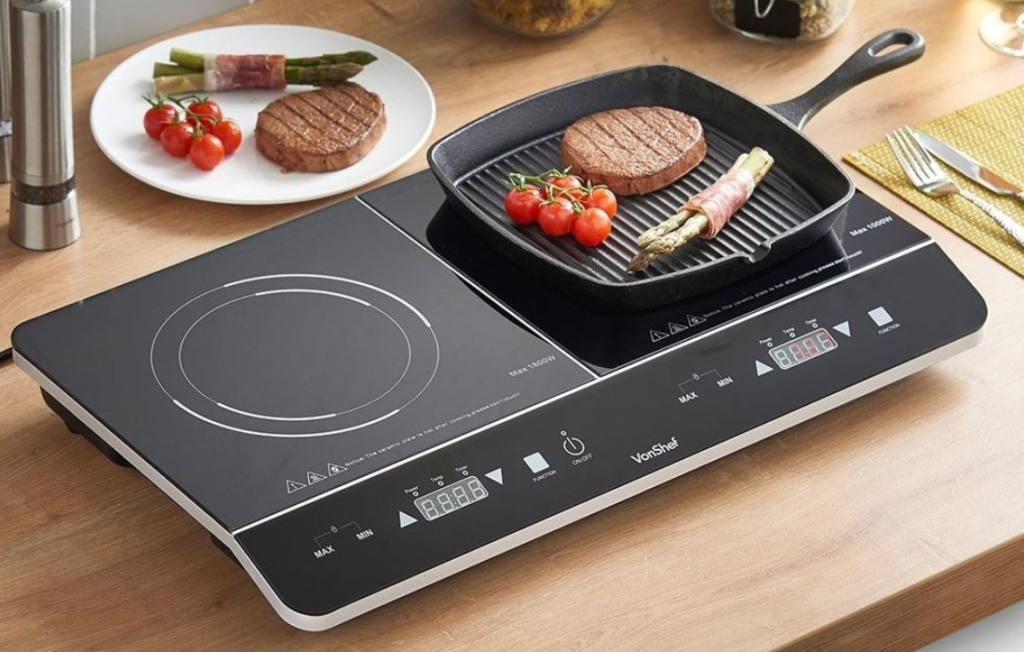
Overview: Suited for those on the move or with limited kitchen space, portable induction cook-tops are lightweight and easily transportable. They provide flexibility without compromising on the benefits of induction cooking.
Benefits:
- Perfect for small apartments, dorms, or outdoor cooking
- Quick setup and storage
- Energy-efficient for on-the-go cooking
5. Hybrid Induction Cook-tops
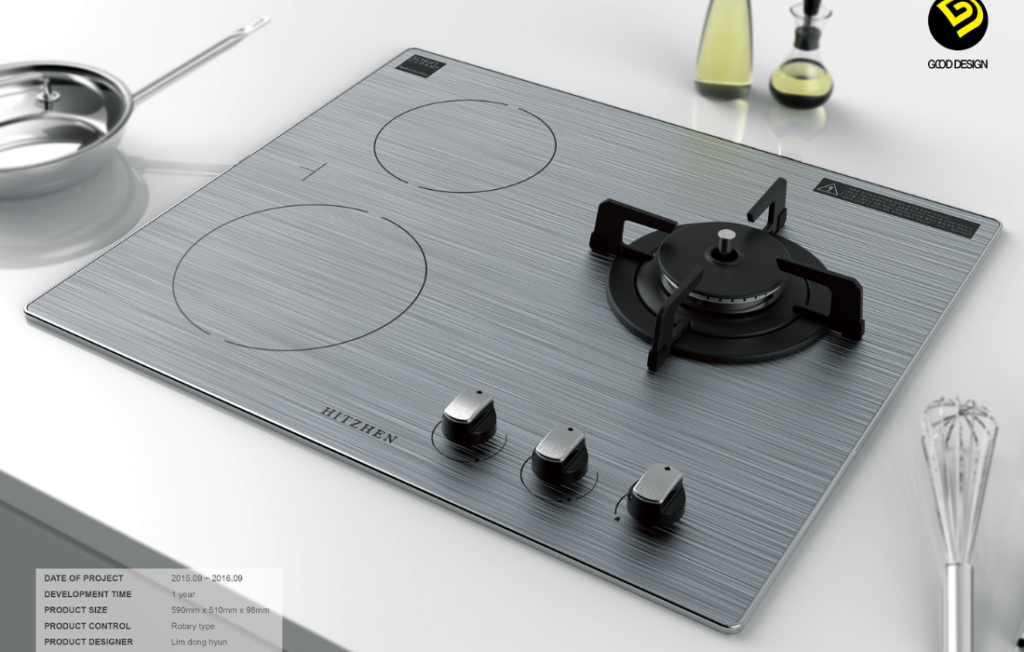
Overview: Blending the best of both worlds, hybrid induction cook-tops incorporate traditional radiant elements alongside induction technology. This design caters to those who appreciate the flexibility of cooking methods.
Benefits:
- Versatility with both induction and radiant heating
- Familiar cooking experience with radiant elements
- Efficient and precise induction cooking for specific needs
Conclusion
Electrical induction cook-tops not only revolutionize the way we cook but also make a significant impact on household electricity bills. Their energy efficiency, rapid heating, and safety features contribute to a modern and sustainable kitchen experience. As technology continues to advance, embracing electrical induction cook-tops becomes not just a culinary choice but a smart and economical decision for households seeking efficiency in both cooking and energy consumption.
FAQs about Electrical Induction Cook-tops
Q1: How do induction cook-tops impact electricity consumption?
A1: Induction cook-tops are known for their energy efficiency. By directly heating the cookware, they reduce heat loss and contribute to lower electricity consumption, positively impacting your bills.
Q2: Are induction cook-tops more expensive to run than traditional stove-tops?
A2: While the initial cost may be higher, the energy efficiency of induction cook-tops often results in lower electricity bills over time, making them a cost-effective choice.
Q3: Do induction cook-tops require special cookware?
A3: Yes, induction cook-tops require cookware with magnetic properties. Most modern cookware is compatible, but you may need to check your existing pots and pans.
Q4: Can I use induction cook-tops during a power outage?
A4: No, induction cook-tops rely on electricity for operation. However, some models come with backup power options, such as battery packs, to ensure continued use during short outages.
Q5: Are induction cook-tops safe for households with children?
A5: Yes, induction cook-tops are considered safer as they remain cool to the touch. Additionally, many models have safety features, such as automatic shut-off, to prevent accidents.



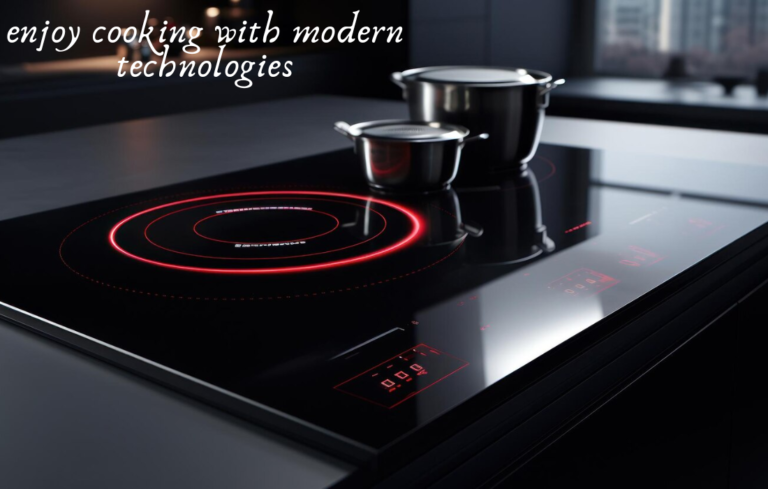
2 Comments
Pingback: "5 Must-Know Tips for and Rugs in Your Home" - Search Gyaan
Pingback: "Washing Machine : Your Ultimate Guide to Selecting the Perfect Fit & Top 5 Models for Effortless Laundry " - Search Gyaan